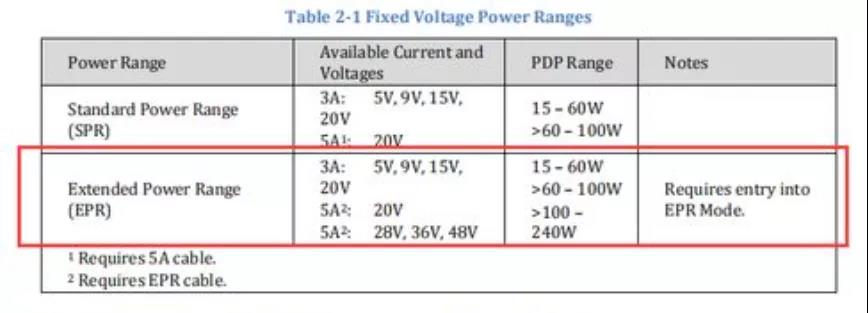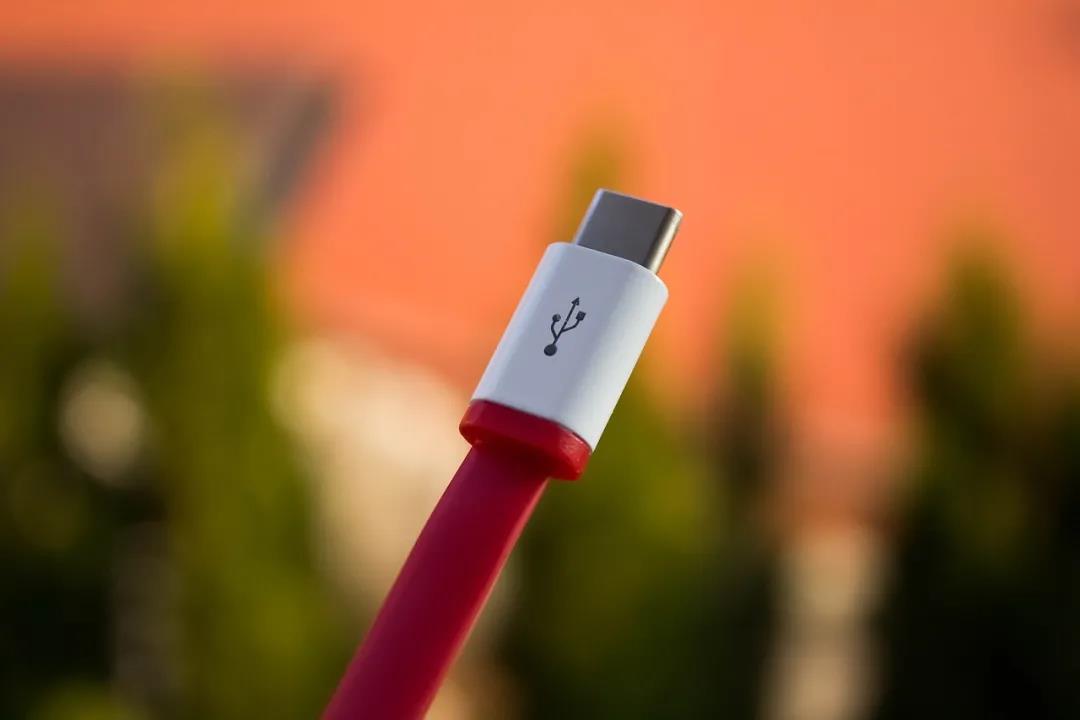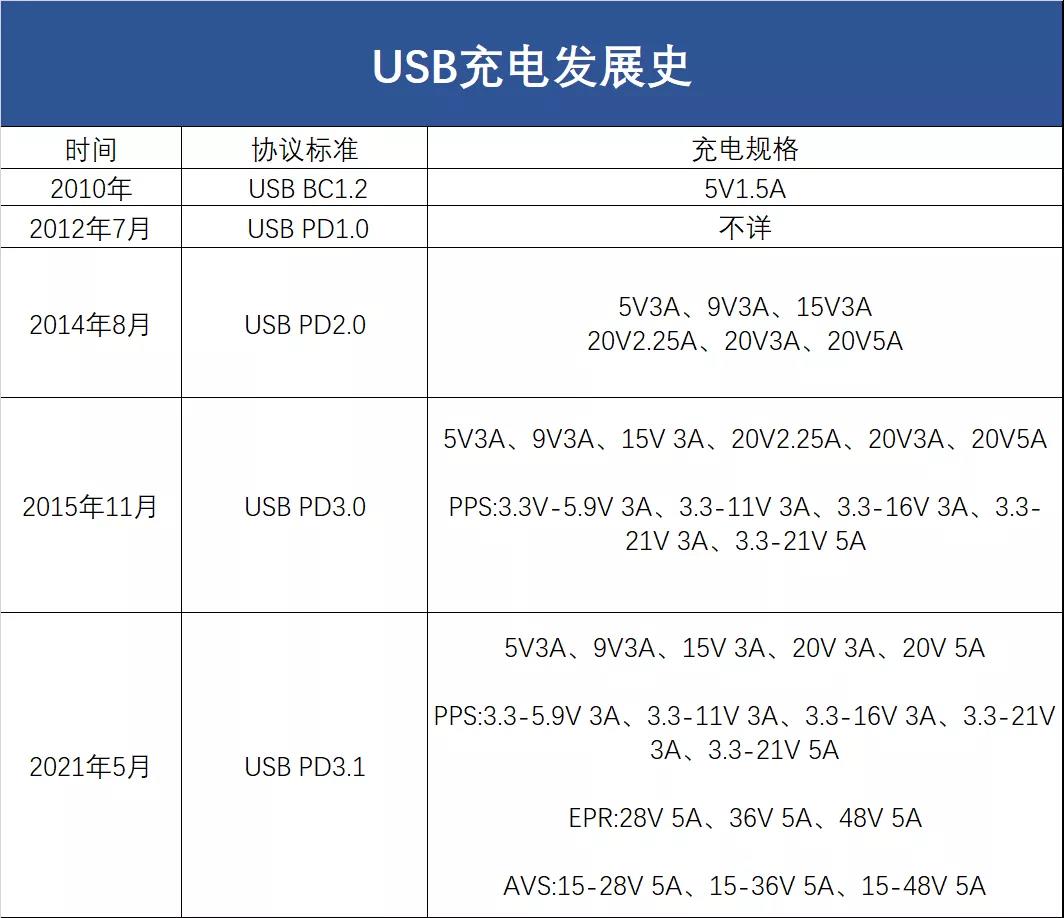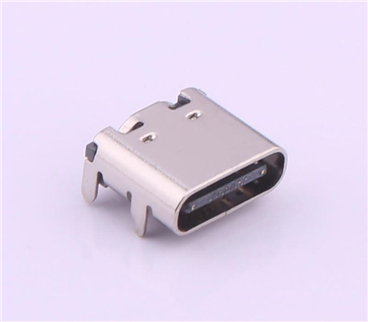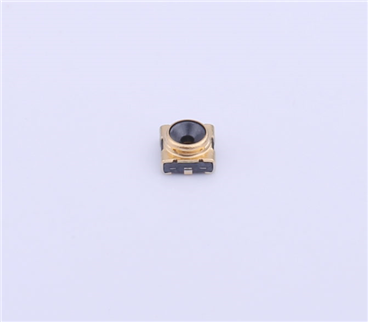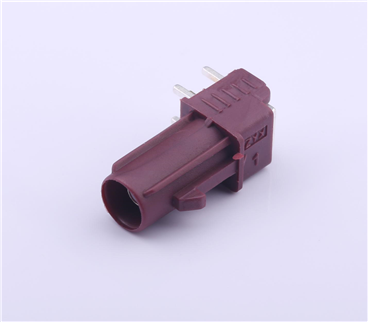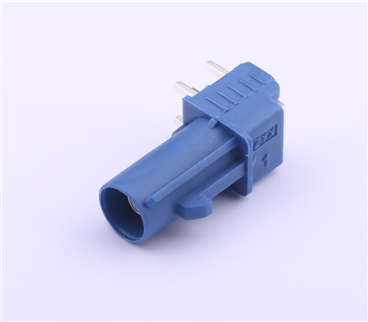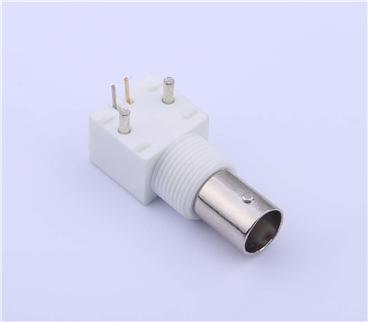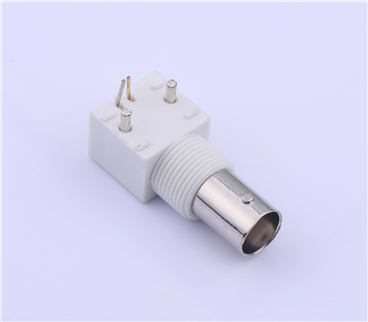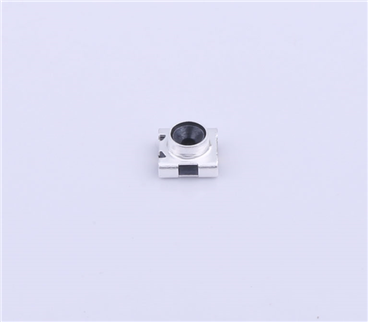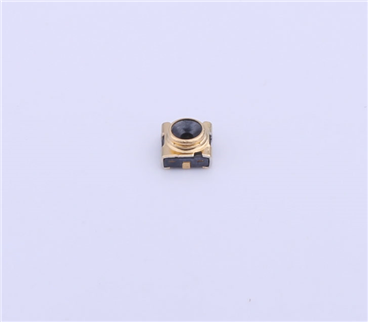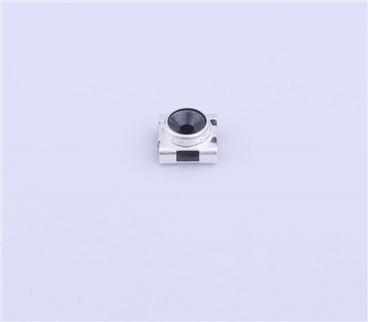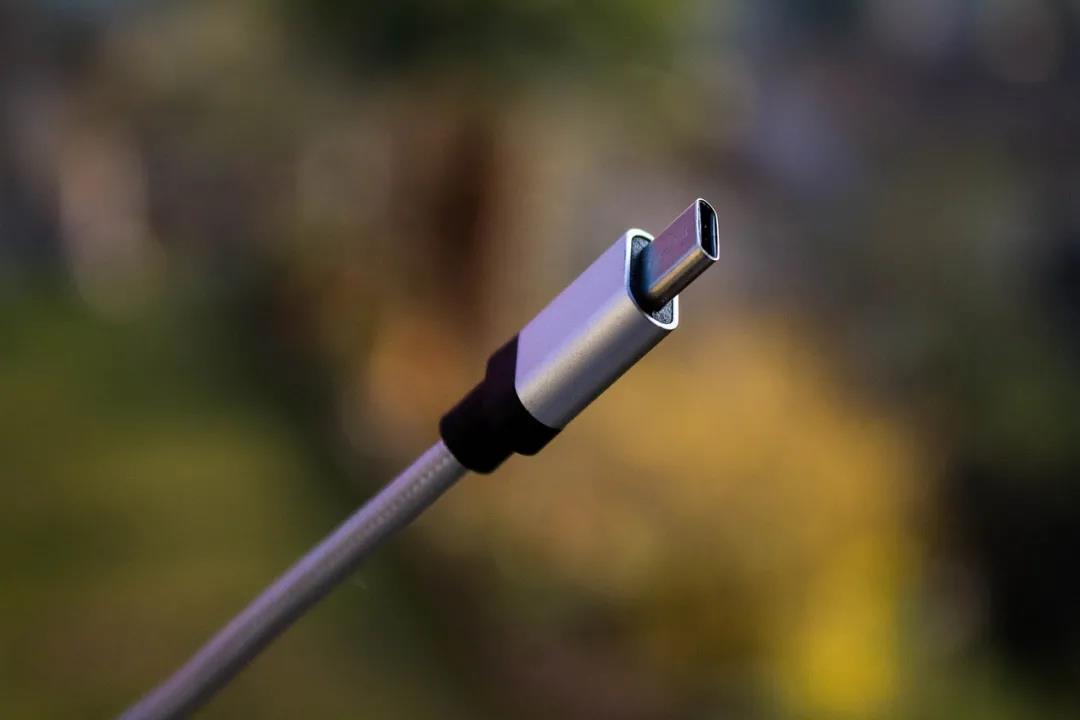
one
Major update of USB PD fast charging standard
Recently, the universal serial bus (USB) standard organization usb-if announced the revision of USB PD protocol 3.1 specification to increase the maximum power of USB type-C from 100W (20V, 5a) to 240W (48V, 5a).
At the same time, the USB type-C specification has also been updated to version 2.1 to define the requirements of 240W cable and meet the application requirements of higher charging power. This is a major revision of the mechanical and electronic characteristics of the usb-c interface made by the USB standards organization since the USB type-C 2.0 specification in August 2019.

Usb-if organization updated v2 In the USB type-C cable and interface standard of version 1, the charging power is up to 240W and is named extended power range, which is twice as high as the current maximum 100W. However, to support 240W PD, you need a new usb-c cable.
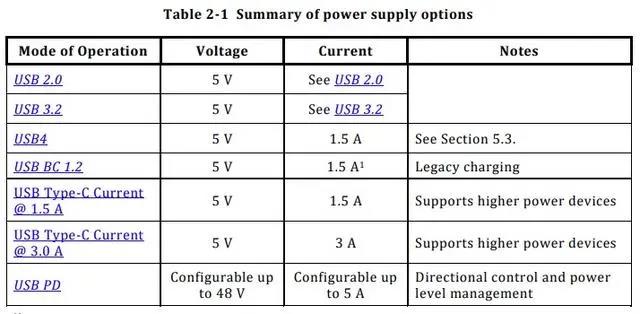
The new USB PD protocol stipulates a more stringent charging protocol, especially for products with power in the range of 100 ~ 240W (lower relative power).
New features of USB PD protocol 3.1 specification:
1) Three new fixed voltages are added:
-
28V voltage, for above 100W;
-
36V voltage for above 140W
-
48V voltage for above 180W
Add the previously defined fixed voltages of 5V, 9V, 15V and 20V.
2) A new adjustable voltage mode
It can be from 15V to one of the three maximum voltages (28V, 36V or 48V) according to the available power.
two
Wide range of applications, everything can be filled
USB PD3. 1 standard promotes the power industry into the era of "everything can be charged", making the application scope of USB PD fast charging standard more and more extensive.
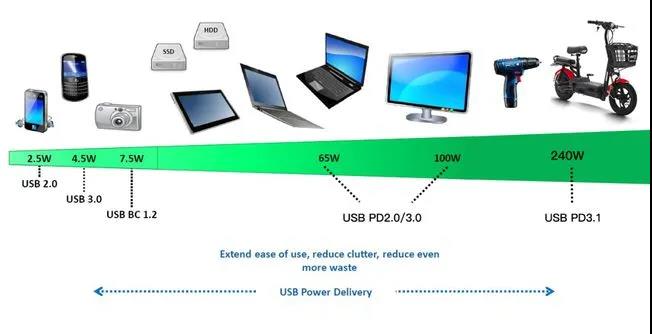
Source: charging head network
For example, for devices such as game books and monitors, most charging voltages are below 20V, and USB PD3 is applied 1. For fast charging standard, only a step-down circuit needs to be added at the computer input to meet the requirements of high-power charging above 100W.
For multi string lithium-ion battery equipment such as electric tools, electric bicycles and industrial power supply or equipment requiring high-voltage power supply, due to the high-voltage characteristics of multi string battery pack, it can be directly connected through USB PD3 1. The voltage of the extended power range is adapted to it.
USB PD3. 1 standard further improves the universality of USB PD fast charging standard. The voltage and power range covers notebook computers, displays, power tools, industrial power supplies, servers and other products, truly realizing that "everything can be charged". At the same time, it will also bring the unified situation of USB type-C interface. The highlight of USB type-C interface is thinner design, faster transmission speed and stronger power transmission.
Thanks to the integration of data, power, video, audio, network and other functions, USB type-C interface has been widely used in smart phones, tablets, laptops, desktop hosts, monitors and other intelligent hardware devices, as well as chargers, mobile hard disks, headphones, USB flash drives, mobile power supplies, data cables, cameras, razors and other accessories.
USB PD3. 1. The standard will further expand the application of USB type-C interface in the fields of display, server, power tools, security Poe power supply, DC motor and so on.
three
QC fast charge and PD fast charge
At present, there are two mainstream fast charging, one is QC fast charging led by Qualcomm, and the other is PD fast charging.
|
technology
|
Quick Charge (QC)
|
USB Power Delivery (PD)
|
|
Developers
|
Qualcomm Qualcomm
|
USB developer Alliance
|
|
Logo
|
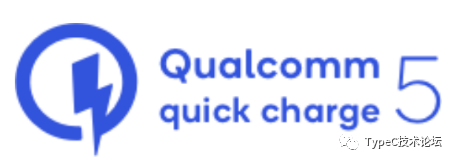
|
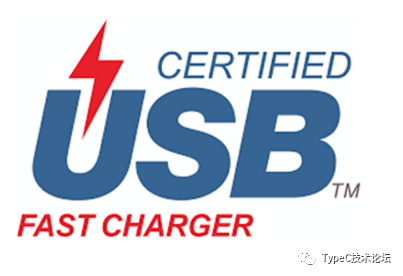
|
|
Historical version
|
QC 1.0/2.0/3.0/4/4 /5
|
PD 1.0/2.0/3.0/3.1
|
|
Maximum output power
|
100W
|
240W
|
|
Communication protocol
|
Quick Charge
USB PD 3.0 compatible
|
USB PD
|
|
Note
|
As long as it is a charger that supports QC fast charging technology and has obtained certification, its logo can be seen on the casing.
|
As long as you obtain usb-pd certification, you can see the corresponding logo.
|
QC quick charge
Quick Charge ™ (QC) fast charging is a fast charging technology developed by Qualcomm, as long as it is equipped with its Xiaolong ™ Android phones with snapdragon system chips can use its fast charging technology. In addition to supporting a variety of Xiaolong ™ In addition to snapdragon processor phones, some other brands of processors are also supported.
technology
|
Voltage
|
electric current
|
maximum power
|
Release date
|
QC1. 0
|
5V
|
2A
|
10W
|
2013
|
|
QC2. 0
|
5V,9V,12V
|
2A、1.67A
|
18W
|
2014
|
|
QC3. 0
|
3.6V to 20V, 200mV dynamic increment
|
2.5A or 4.6a
|
22W
|
2015
|
|
QC4. 0
|
5V,9V
|
3A
4.7A~5.6A
|
28W
|
2016
|
|
QC4. 0
|
5V、9V(USB-PD)
3V to 5.9v or 3 to 11V in 20mV increments (with usb-pd 3.0 programmable power supply)
3.6V to 20V in 200mV increments (QC charger)
|
3A(USB-PD)
2.5A or 4.6a (QC)
|
28W
|
2017
|
|
QC5
|
5V、9V、12V、15V、20V
|
3a, 5A or > 5A
|
>45W
|
2020
|
USB PD fast charging
It is a fast charging specification formulated by usb-if organization. The specification can achieve higher voltage and current, the maximum transmission power can reach 240W, and the transmission direction of power can be changed freely.
It can be seen from the development of USB charging standard that before the release of USB PD fast charging standard, most devices passed BC1 2 protocol charging, the charging power is only 7.5W, and the scope of use is only limited to mobile phones, digital cameras and other products. Even for functional machines with very small battery capacity, it usually takes 2-3 hours to complete the charging.
Until USB PD2 0 specification, which stipulates that usb-c is the standard interface, and realizes the maximum 100W fast charging power. The application range is expanded from traditional functional mobile phones to smart phones, laptops, some displays and other product fields.
But I have to admit that the 100W power, which I was proud of seven years ago, has now become a short board that limits the development of USB PD fast charging.
USB PD3. 1 standard, not only the charging voltage standard is increased to 48V, but also the output power is increased to 240W, which increases the application scope of USB PD fast charging standard.
four
summary
At present, the maximum output power of usb-c is 100W. In the notebook industry, 100W power can only cover most thin and light books. Although some high-performance game books also support PD protocol, they can only be used for charging. 100W is far from meeting the power consumption of graphics card CPU. After upgrading to 240W, they can basically meet the charging needs of most laptops. This means that in the future, carrying a charger can meet the charging needs of mobile phones, tablets and notebooks, and can greatly improve portability. Therefore, we predict that the new type-C standard will accelerate its popularity. However, under the new specifications and standards, users need a new USB charging head and USB type-C cable to reach 240W charging power. Usb-if said, "all new EPR wires should have obvious marks on the appearance." To reach the 240W standard, a USB type-C cable5A 50V voltage and current. Therefore, the new standard will also drive the renewal of the supply chain in the whole charging field. We will pay close attention to the development of the new target. We welcome you to pay attention to our micro signal and learn the latest power dynamic information.
The content comes from the network/
Industrial communication core scheme
, this website only provides reprint. The views, positions and technologies of this article have nothing to do with this website. If there is infringement, please contact us to delete it!



